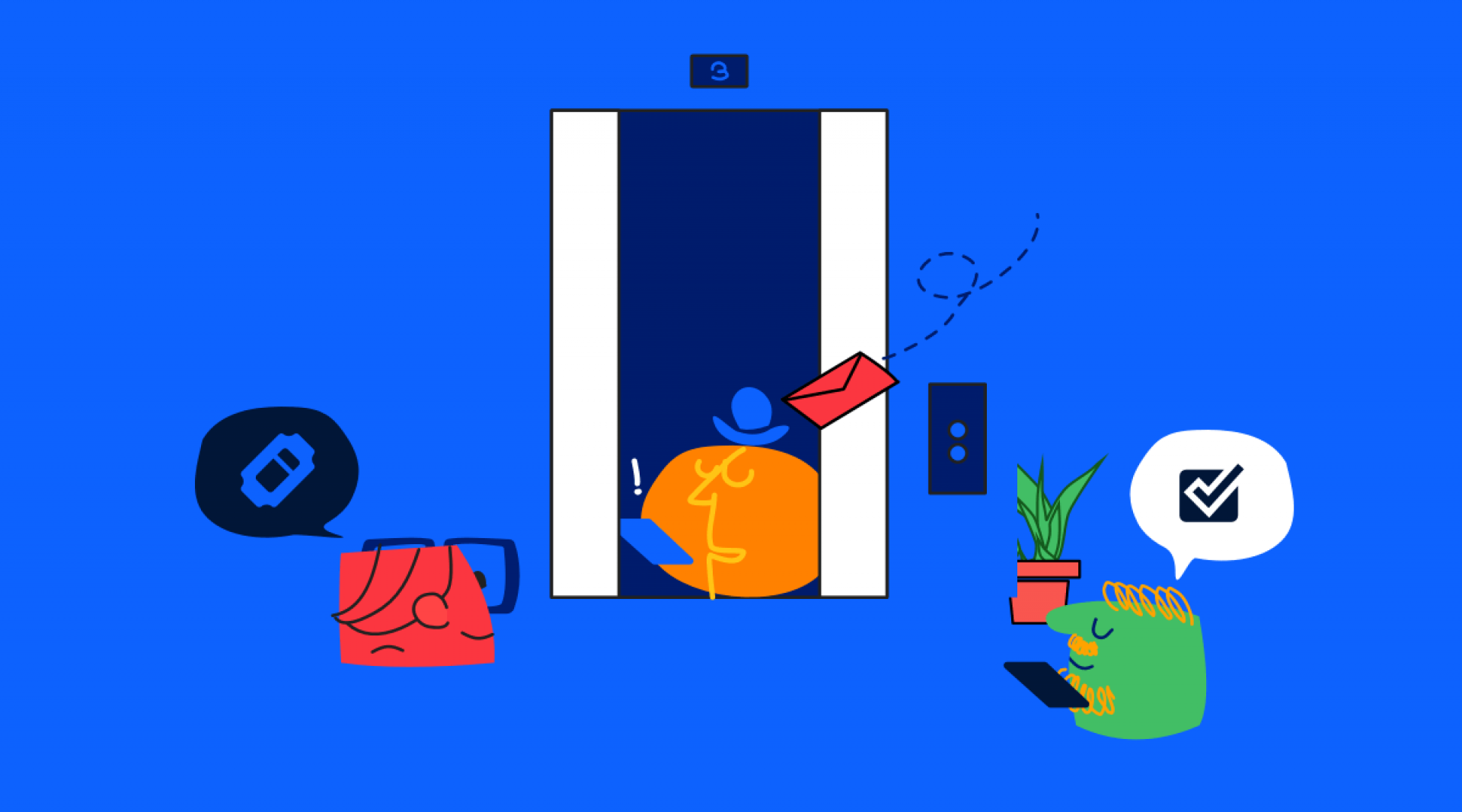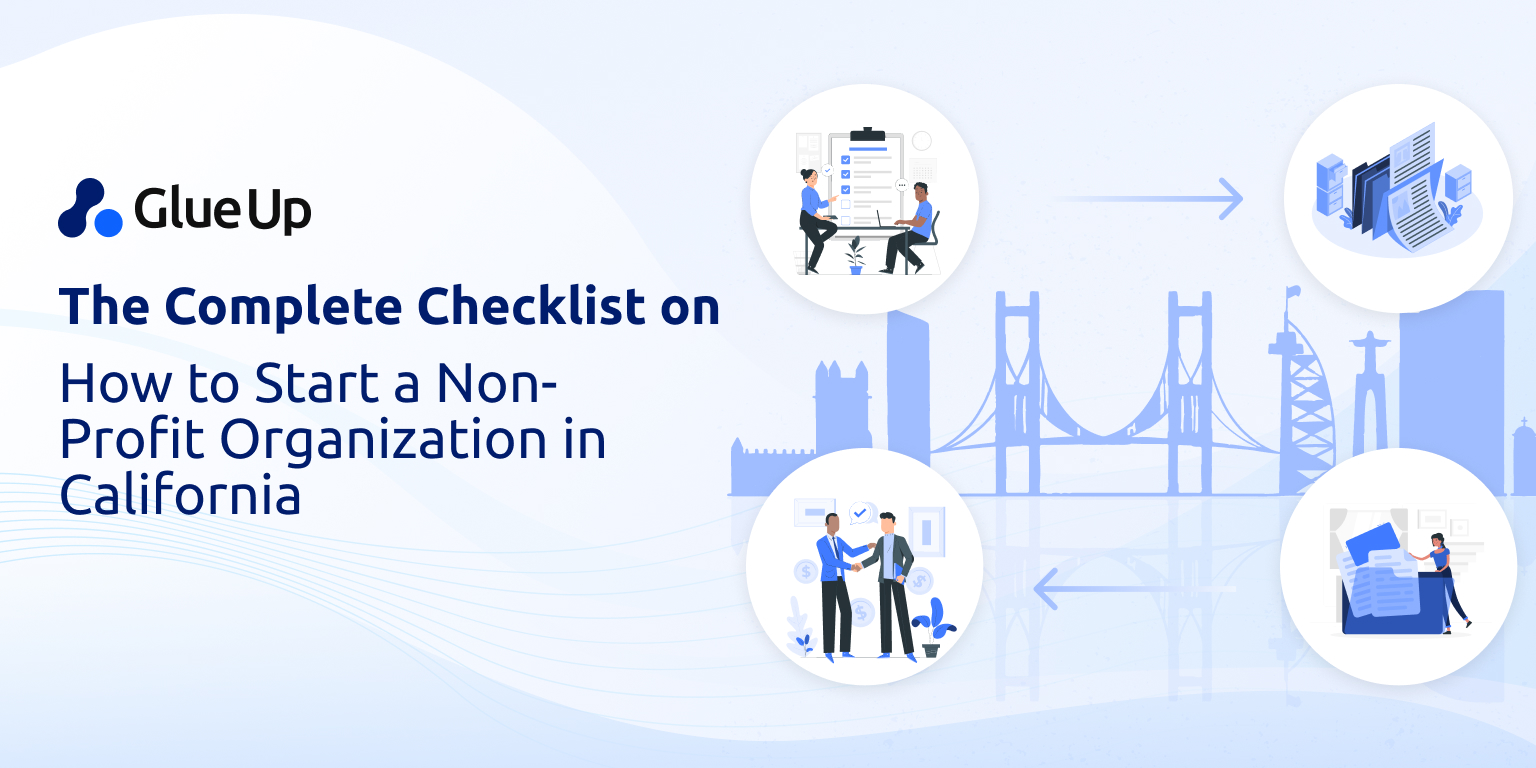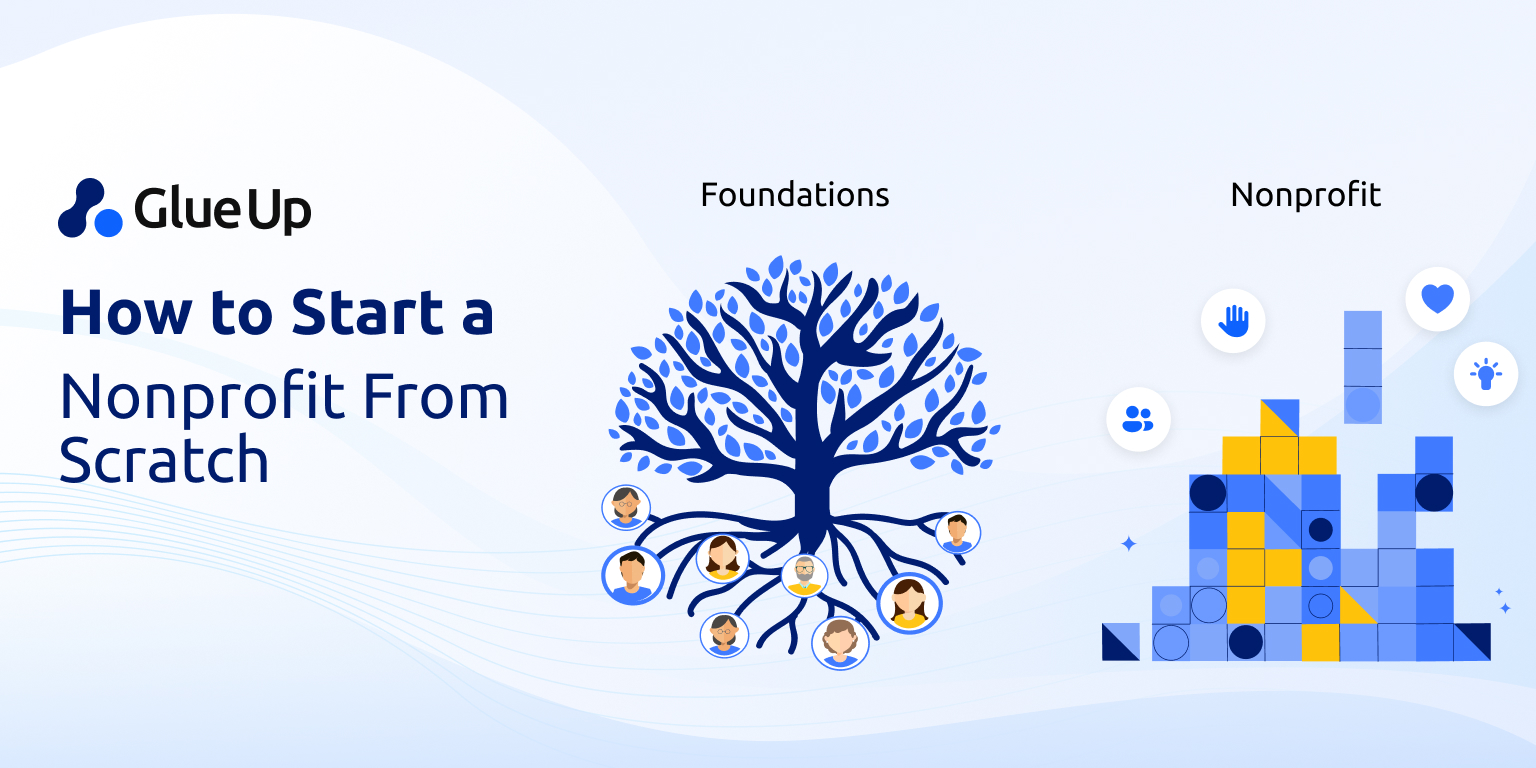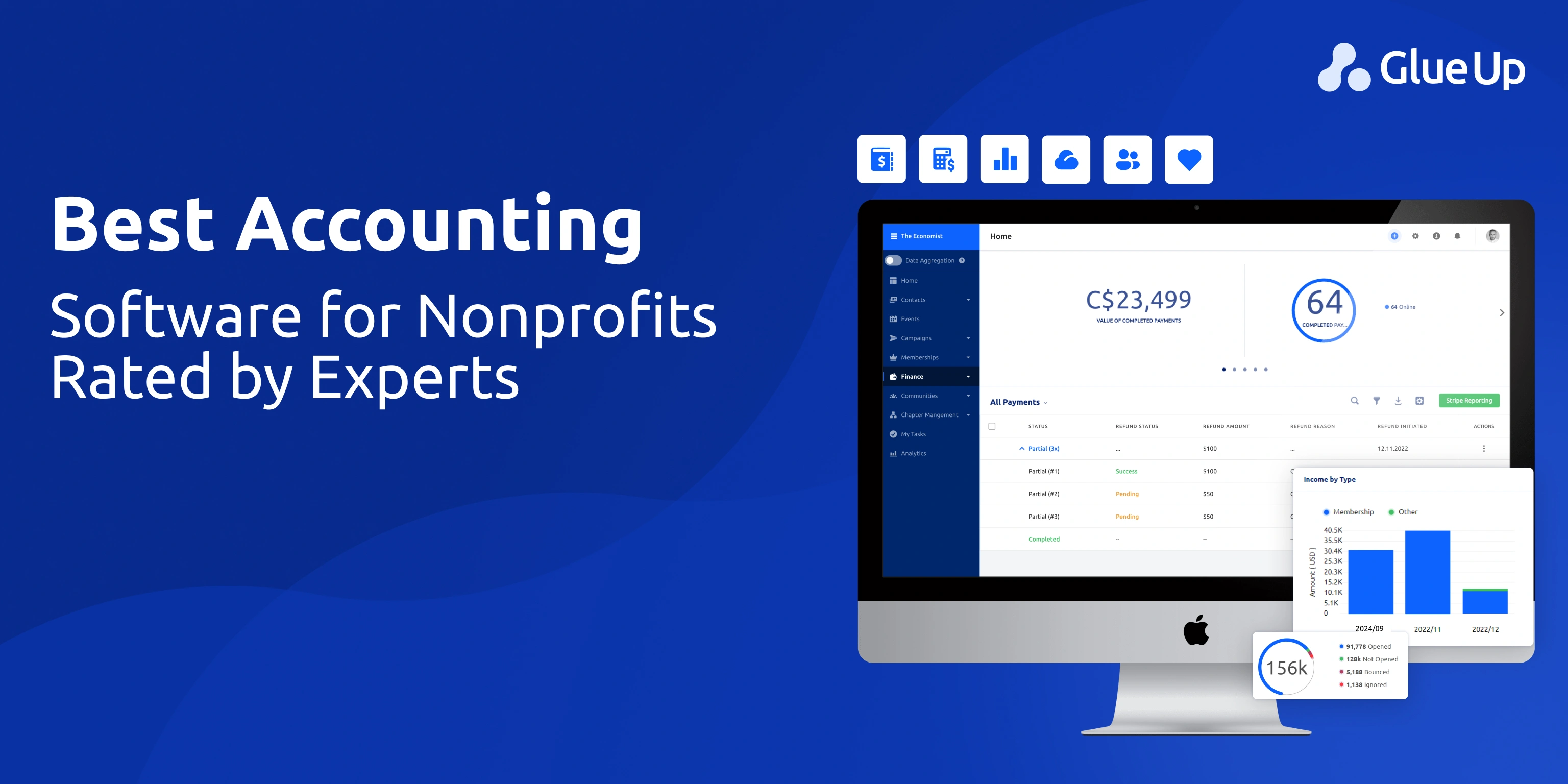
About half of nonprofits are strapped for cash. So, you need digital marketing initiatives to bring in more donations. Trying them out can be a huge financial risk and it's hard to know whether those billboards will bring in a huge reward or if it will be money thrown down the drain.
However, it is possible to market your cause to a wide audience on a budget. We put together a list of four inexpensive digital marketing initiatives. It can assist you to increase awareness, court members, and raise donations.
1. Web Advertising
Paying a little for web advertising, what is part of digital marketing, pays off. It has been shown that the click-through rate for a mobile search ad on Google in the first position is 27.7%, and people use Google a lot—there are 2.3 million Google searches every second.
If people are Googling a subject they are interested in, then there is a chance that your mission will inspire them to sign up.
Get exposure for your project on Google! For example, Science Buddies, a program that lets teachers and students get free science project ideas covering most of the sciences, was able to get 18.2 million clicks to their website through Google Ad Grants. While their ad ran, 100,000 new students registered in a year and teachers downloaded over 1,500 resources.
At first, web advertising might seem as a bit expensive mean of digital marketing. Nevertheless, there are plenty of tools which offer free or heavily discounted plans to nonprofits. For example, Google.
How to start advertising your cause
To begin with, Google and Facebook—two of the top places to advertise online—are great starting points for nonprofits. They have the widest reach, really easy to set up and scale and allocate more resources to these ads afterward.
- Google: Google Ad Grants give your nonprofit $10,000 USD of in-kind AdWords advertising every month, and all you need is a Google nonprofit account and a Google AdWords account to apply.
- Facebook: AdEspresso is a tool that helps optimize your Facebook advertising—and they offer a 50% discount to nonprofits who apply and qualify. For some specialized tips on how to use Facebook advertising for your nonprofit, visit here.
2. Video
Video packs a punch. 80% of users recall a video from the past 30 days, and one-third of all online activity is spent watching videos. Making educational or promotional videos can be an incredibly informative way to connect to your audience and increase membership.
Tools like Facebook, Instagram, Vine, Snapchat and, of course, YouTube, enable a single low-budget video to reach a ton of different people.
Charity: Water, an organization that gives clean water to people in need, used their anniversary videos to encourage people to start their own fundraising campaigns. These videos aided in the organization raising over $1.2 million. They were able to buy two drilling rigs and provide water to 80,000 people—double their goal.
How to make your first promotion video

While video can seem like a daunting task, you don't need fancy equipment to send a powerful message. Viral videos are often shot with iPhones, and most computers have free, user-friendly video editing software.
The way how you convey the message is more important rather than how you shoot your video. As a nonprofit, you want people to feel the story you are sharing. After that, they might be inspired to join your membership. There are actually 3 ways you can make your video connect more using psychology:
- Use color
- Incorporate happy and natural sounds
- Allow viewers to emotionally connect
Here are some tools to get you started.
- Wistia: Wistia is a video marketing platform that has analytic, which allows you to see how and where your videos are connecting. They also have calls-to-action within the videos so you can ask your engaged viewers to donate or become a member. They even have a free plan!
- Storytellers for Good: If you have a small budget, Storytellers for Goodwill produce and make beautiful videos like this one for your organization. They also specialize in nonprofit video making, and you won't have to bother with the technical stuff.
3. Email and Newsletters
Using email to send out newsletters and other meaningful campaigns is crucial to marketing your message. Most people spend 10-60 minutes browsing marketing emails per week, and email is 40 times more effective at getting someone to make a donation than Facebook or Twitter.
If you're looking for a few examples of how email has helped others achieve amazing growth, check out our article on the 10 best event email marketing strategies!
HealthConnect One, an organization that promotes community-driven support for pregnancy, birth, breastfeeding and early parenting, experimented with email campaigns and saw a 50% boost in year-end revenue. It only took four emails over the course of a month for them to create these results.
Thus, Email can help people to know about your cause and re-engage with past donors to make them donate again.
How to Send Powerful Email Campaigns
With email, you have the flexibility to send different types of engaging content. You could send specific fundraising campaigns like the HealthConnect One example above. Newsletters are also great because they're recurring, and help you build a loyal reader base.
This example from RSPCA, an anti-animal cruelty organization, has a well-organized newsletter that draws in its readers. It's fun and engaging with plenty of colors, places clear actions to take at the very top, and uses images to catch their eyes.
You can use Glue Up's email and newsletter subscriptions feature to personalize your outreach and turn engaged readers into members. Moreover, we offer discounts to nonprofits so budgeting won't be a headache. Book a demo and see it for yourself!
4. Social Media
Building a social media presence is incredibly important, especially if you want to get the attention of the largest generation on the planet—millennials. While using several social media platforms is ideal, one network overshadows the rest by a landslide. 57% of millennials use Facebook every day. Many nonprofits say that it's the best online platform for raising awareness.
UNICEF has an impressive Facebook presence with over 6.5 million likes, an increase in nearly 4 million likes in the past four years.
They regularly post about relevant and current global events and always include a donation link. As a result, their posts always get at least a couple of hundreds of shares. Authoritarian governments frequently censor news outlets and social media sites. A reliable VPNs circumvent this limitation and offer anonymous access. For many charities and campaigners, this anonymity is crucial.
To sum up, social media is the most low-cost way to get more eyes on your cause—68% of people that discover charities their friends like will continue to research them online.
How to Build a Prominent Social Media Presence
In order to build a loyal social media following, it's important to post regularly, show the good you're doing, interact with your users, and to ask for help when you need it. Followers who are inspired by your work will want to help.
Take a look at what other successful nonprofit social media pages are doing and modify for your own organization. We recommend posting photos and videos to catch people's eyes.
Here are some tools to get started.
- Facebook is obviously useful for making a page for your organization, but there are even more features you can take advantage of. Facebook Donations is a new feature (currently being rolled out) that makes it easier and cheaper for nonprofits to collect donations on Facebook.
- Buffer is a tool that helps you create meaningful social media plans so you can queue up posts ahead of time. Buffer for Nonprofits offers 50% off of all plans.
- Charitwee allows people to give to a cause directly through Twitter. Similar tools for other social media platforms include Goodworld and SnapDonate.
Marketing for a Cause
Marketing for a nonprofit is not like marketing for a business. Opposite, the idea is not to increase revenue at all costs, but let people know about you.
In 2020, you don't need a billboard on the side of the highway to tell your cause's story. For almost no money—and with just a little effort—you can reach people digitally in their own homes.



